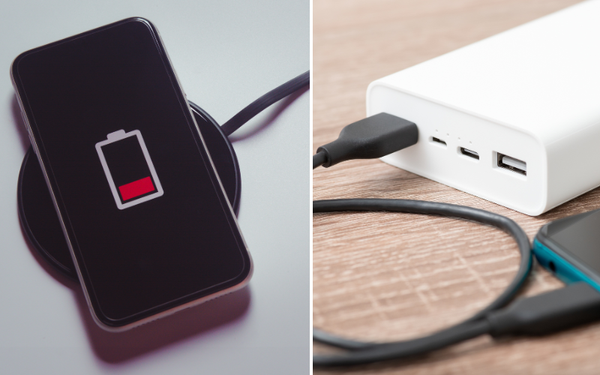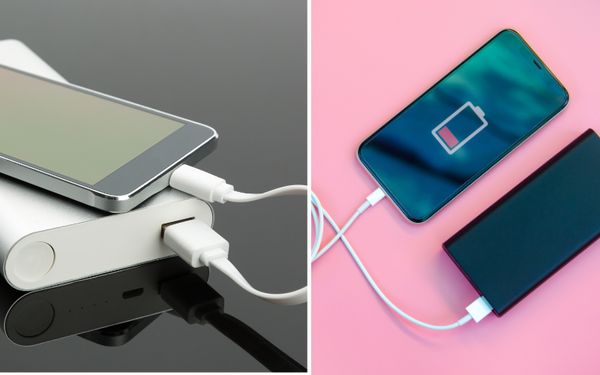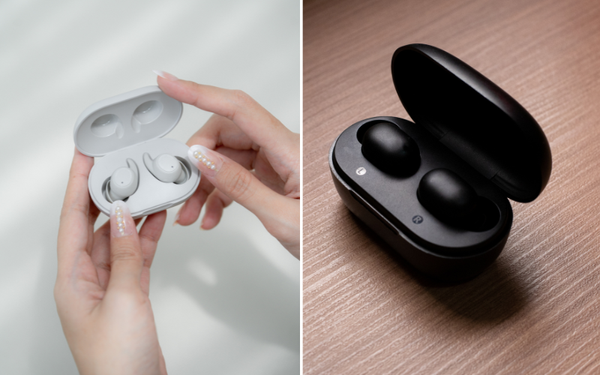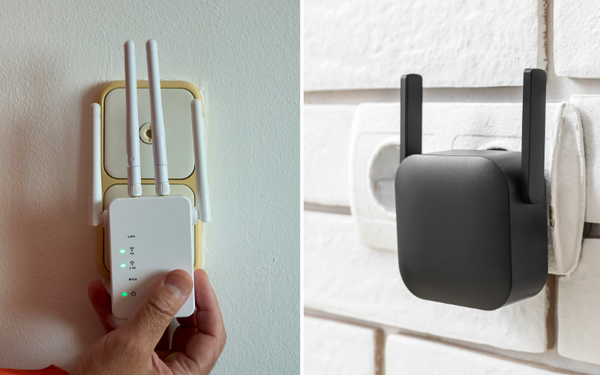When it comes to gaming laptops, one of the questions that many users ask themselves is whether or not touchscreens are worth it. While touchscreens have become increasingly popular on smartphones and tablets, many users wonder if they offer any real benefits when it comes to laptops.
In this blog post, we'll take a closer look at the pros and cons of touchscreens on laptops, and help you decide whether or not they're worth the investment.
Pros of Touchscreens on Laptops:
One of the biggest benefits of having a touchscreen on your laptop is the added convenience it brings. Touchscreens can be especially helpful for certain tasks, such as navigating through websites or menus, browsing through photo albums, and editing documents.
With a touchscreen, you won't have to rely on traditional input methods such as a mouse or touchpad, which can save you time and make your workflow more efficient.
Another big advantage of touchscreens is their versatility. With a touchscreen laptop, you can switch between different modes depending on your needs. For example, if you want to use your laptop in laptop mode (with a keyboard and mouse), you can do so.
If you want to switch to tablet mode (with just the touchscreen), you can do that too. This added flexibility can be especially helpful if you use your laptop for a variety of tasks, such as work, gaming, and entertainment.

Cons of Touchscreens on Laptops:
While there are many benefits to having a touchscreen on your laptop, there are also some downsides to consider. For one, touchscreens tend to be more expensive than traditional laptops, which can be a deal breaker for some users. Additionally, touchscreens can be more prone to scratches and fingerprints, which can be a hassle to clean.
Another downside to consider is that touchscreens tend to drain battery life faster than traditional laptops. This is because touchscreens require a lot of power to operate, and can be more taxing on your laptop's battery than traditional input methods.
This can be particularly frustrating if you're someone who travels frequently and needs to rely on your laptop's battery life.
Conclusion:
All in all, touchscreens on laptops come down to personal preference. If you value convenience and versatility, and are willing to invest in a more expensive device, then a touchscreen laptop may be the perfect option for you.
However, if you're looking for a more cost-effective option, or if you don't plan on using a touchscreen all that often, then a traditional laptop may be the better choice. At the end of the day, it's important to weigh the pros and cons and consider what you're looking for in a laptop before making a decision.








